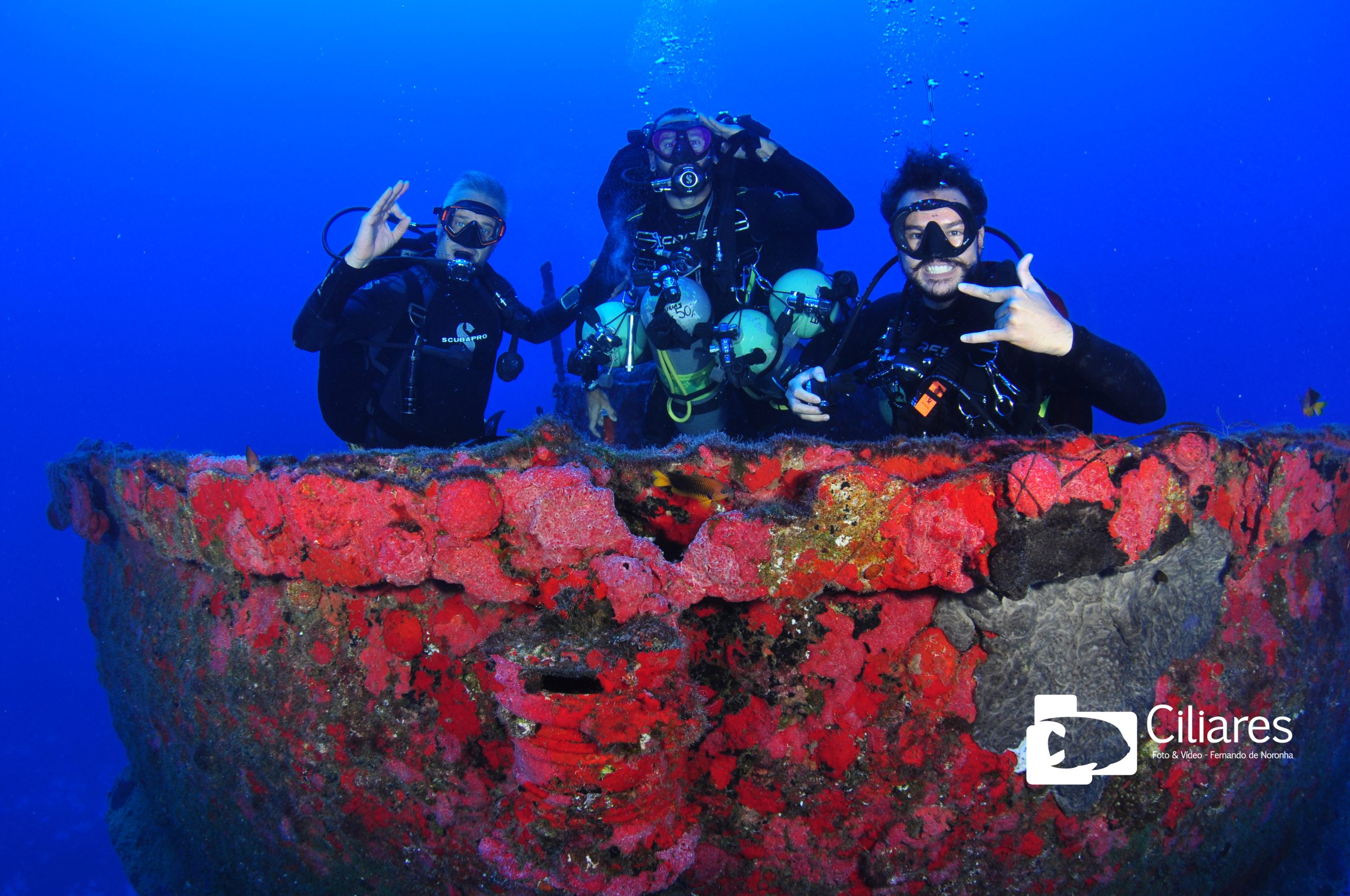There is something exciting about diving from mid-Atlantic islands. I believe it has something to do with the contemplation of their deep-ocean-blue over a white-sandy-bottom. Just as with St. Helena, Ascension Island, or the Azores, they get under your skin, and one island, in particular, got into my heart: ‘Fernando de Noronha’!
Locally called ‘Noronha’, it is said that visitors get the ‘Euforonha’, a frenetic fever of joy, because of its beauty. One can relate to the feeling when experiencing the emerald-green waters and a picturesque landscape. When Amerigo Vespucci landed in 1503, he said: “Paradise is Here”!
The Archipelago is situated in the middle of the Atlantic Ocean 360 kilometres east of mainland Brazil. It consists of one main inhabited island of 26 square kilometres surrounded by 109 kilometres of a marine park that include some 20 smaller islands and rocks. The archipelago of Fernando de Noronha has been protected under National Park regulations since 1988 and has been elected as a UNESCO world heritage site since 1992.
The unique characteristic of this Archipelago is that it rises from the seafloor from a depth of around 4,000 metres as part of the submarine volcanic mountain range known as the Fernando de Noronha chain. The nutrient-rich seawater around the archipelago is an important breeding ground and pantry for tuna, sharks, and marine mammals such as whales and dolphins. Fernando de Noronha is also visited by several turtle species and is home to the hawksbill sea turtle, which makes approximately 100 nests on these beaches, and about 8900 baby turtles hatch each year. Whilst diving, one may experience larger fish species, unpredictably appearing from the blue, and any diver in the group may suddenly point out with their finger sharks, rays, or even dolphins.
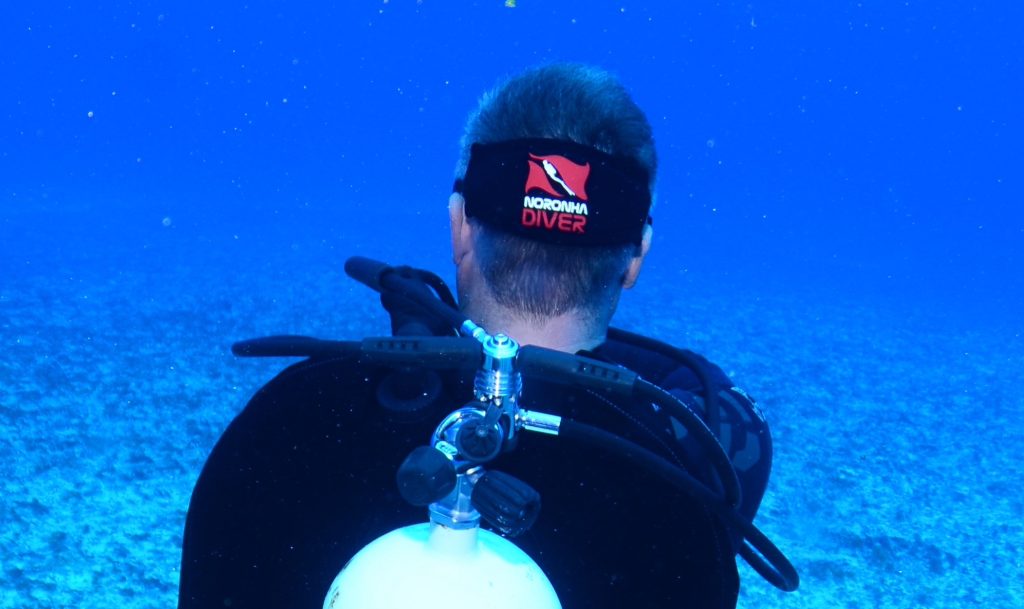
The dolphins are not guaranteed to be seen during diving. Still, as one of the largest know pods of resident spinner dolphins is part of the island’s ecosystem, it is highly probable that the visitor somehow will meet them. These spinner dolphins have their daily itinerary, which I witnessed from the anchorage or bow riding a tender, and sometimes can even be seen from the beach at sunset. During one of the dives, we could hear their whistling far before we could even see them. The whole group of divers changed course towards the big blue, and all of us were excitingly looking in all directions. It felt like they were teasing or spying on us; “yeah, we know you humans are there”. And then suddenly, they were above us, causing euphory amongst the divers.
The Archipelago is vital for protecting biodiversity and endangered species in the Southern Atlantic and is of great importance for conserving endangered and threatened marine species. The site also accommodates the largest concentration of tropical seabirds encountered in the Western Atlantic Ocean of the Insular Atlantic Forest and the only oceanic mangrove in the South Atlantic region. In addition, the islands play a critical role in reproduction, dispersal, and colonisation by marine organisms in the entire Tropical South Atlantic.
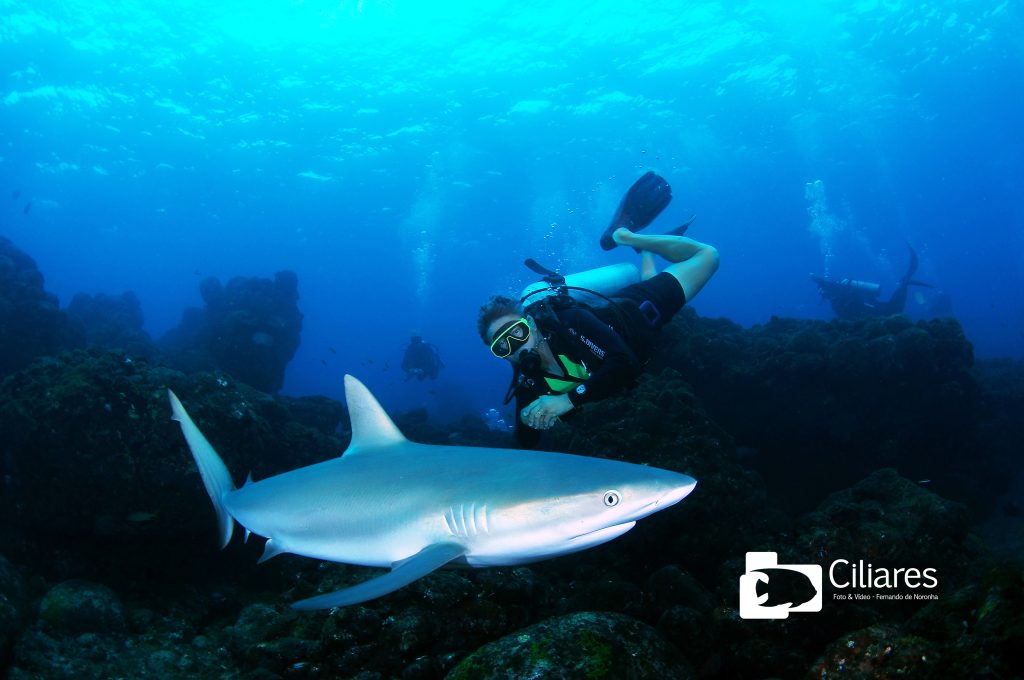
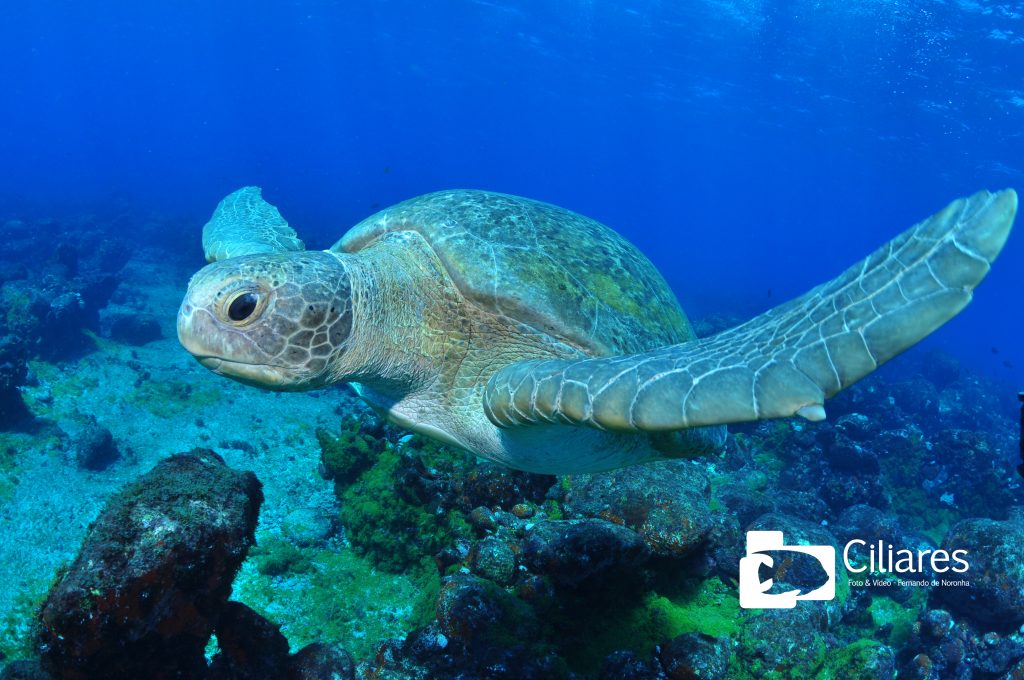
These parameters are well-known amongst conservationists, and the necessity to preserve the islands is crucial for their unique ecosystems and future generations.
The island is generally well taken care of, thanks to the efforts of the Natural Park authorities. Over the years, some steps towards preservation have already been enforced. For example, just a few hundred visitors are allowed every day, and no big hotels are permitted, nor building on the beaches.
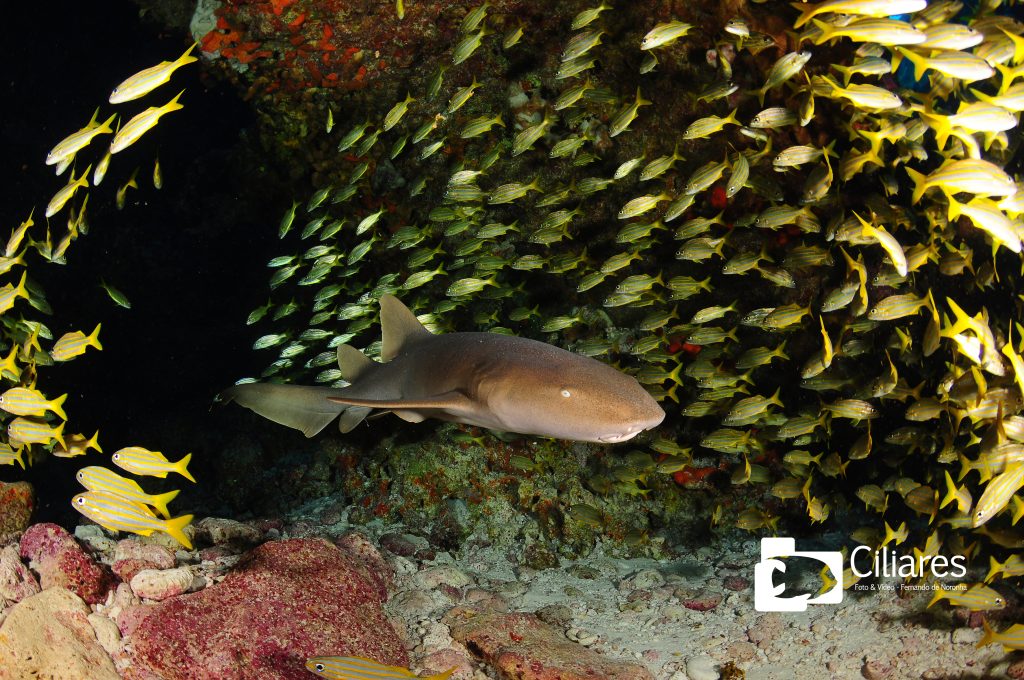
To protect this little pearl of the Atlantic Ocean, further efforts are to be undertaken, especially in the marine area of the Natural Park. Minor steps have already started, like the prohibition of large cruise ships, the limited number of visiting vessels, and a total ban on jet skis, but a more realistic protection plan is still to be defined.
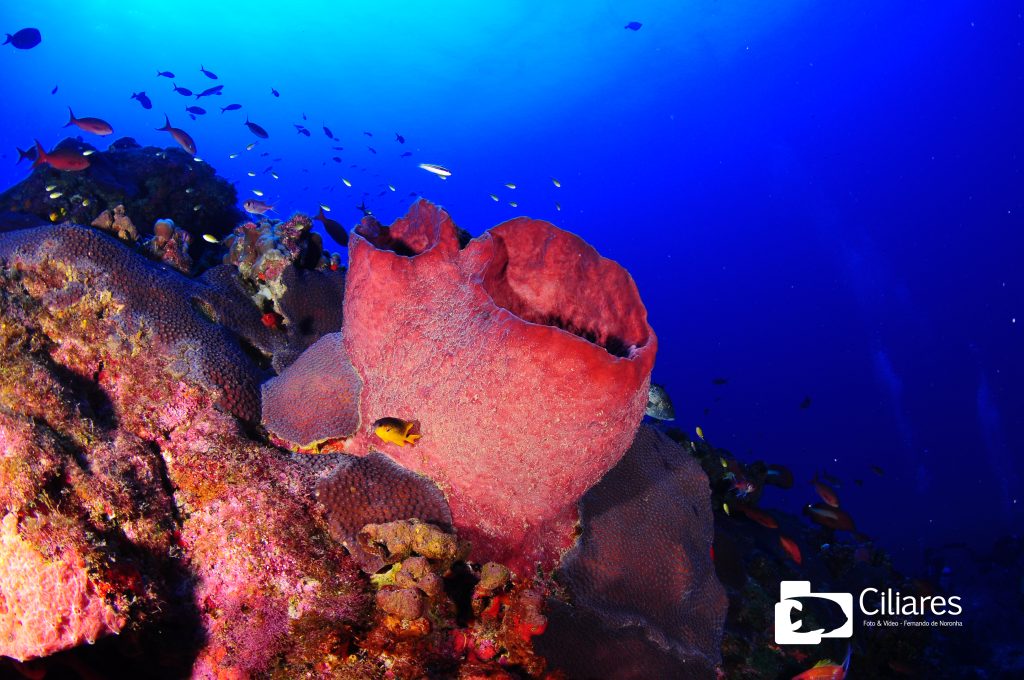
In February 2021, dob, in collaboration with a series of local businesses, opened a conversation with the National Park Authorities to file a proposal to extend the marine park and list vulnerable points to better protect the marine environment for the future. The project proposal was run through the Hope Spot programme of Mission Blue. Several months of hard work, in collaboration with the National Park and the assistance of Noronha Diver, took place to identify possible threats and allow an agenda to be drafted within an international framework. The undisputable experience of the Sylvia Earle Ocean Alliance programme is the most valuable option.
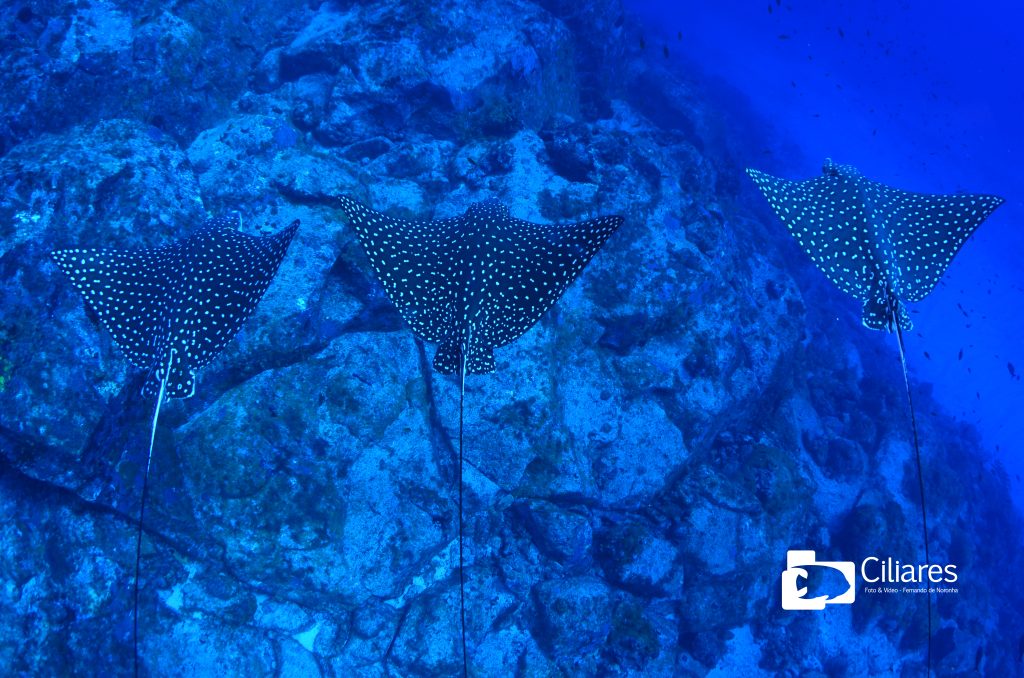
Three main points were addressed with the intention that the national government engage in a more concrete proposal, and the outcome is still to be confirmed.
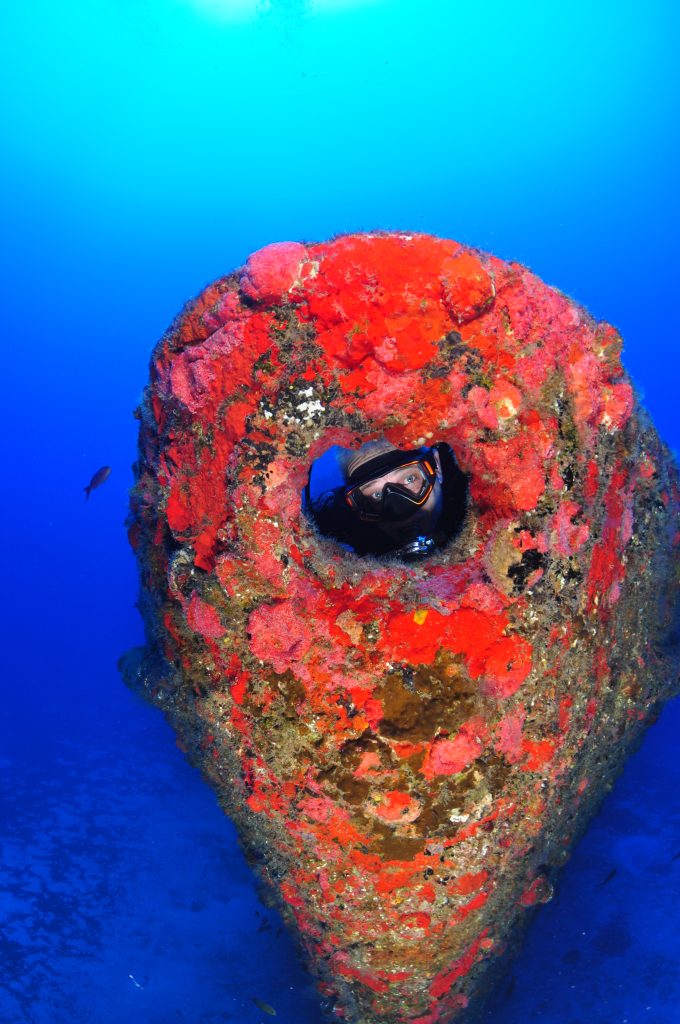
1. Contingency planning for fossil fuel contamination:
To protect a marine environment in case of fossil fuel spills, a contingency plan is required in case of a minor fuel spill in the port or anchorage, as for a major crude oil spill from a nearby tanker. Implementing such a contingency plan involves planning, training, equipment, and an action plan. Therefore, a specialised company was approached to identify the basic work plan and specific equipment like contingency barriers, absorbing materials, and PPEs, which should be locally available. In addition, the emergency preparedness of the local authorities and population needs training and communication drills with the Navy; the close by port of Natal and surrounding oil rigs are highly recommended.
The goal to close off the little port of Noronha, surround a vessel at anchor with contingency barriers, or have an action plan in case of a significant oil spill from a tanker in the vicinity, needs attention. Since Exxon Valdes (1998), and with Noronha being at the crossroads of the main cargo artery between the North and the South Atlantic Ocean, the considerations are a reality nowadays.
2. Extension of the marine park and patrolling possibilities:
Just over a hundred km² perhaps seems like a large area. But, in comparison to the two million Km² granted to the National MPA (Marine Protected Area) of the national park of Malpelo (Colombia), one may realise the scarcity of the matter in Noronha. Nevertheless, the Colombian marine park protection programme has much to thank for the efforts of ‘Fundación Malpelo’ run by Mrs Sandra Bessudo and serves as a guideline for Fernando de Noronha.
Still today, no patrol vessel is available to the park rangers of Noronha, and vessels with dangerous cargo may still transit through the marine park. The necessity to have a better maritime regulation, an independent vessel or at least a clear agenda for a collaboration with the Brazilian Navy is indisputable.
3. Shark conservation:
Sharks are facing unprecedented overfishing, targeted directly for their fins or caught accidentally (by-catch). Generally, overfishing has led to what has been termed a mass extinction among ocean species, and sharks are no exception to this. As a result, many species of sharks are now listed on the Red List of the IUCN (International Union for Conservation of Nature). Shark conservation in Brazil is a hot topic, as the country still refuses to sign the shark fishing ban proposed by the IUCN. To assist the mission, PADI approached fifteen dive centres in Brazil, offering ‘Shark Awareness courses’ for free in 2021.
In Noronha, sharks have been commercially fished for many years, and it was only about ten years ago that sharks were not allowed to be caught within the National Park. Reef sharks, nurse sharks and lemon sharks are quite common, but species such as tiger sharks or hammerhead sharks have also been documented. Unfortunately, there is no programme to protect sharks in Brazil, and the importance of the species for a healthy marine ecosystem has not yet been considered.
The team of Noronha Diver took the initiative to register several parameters of sightings and water conditions after every dive. The research is a voluntarily project by the company’s instructors, available in their shop in the “villa de remeidio” (old town). The first report was released with data gathered between February 2019 and March 2020. The future of this study will be particularly interesting in years to come. It will enable us to compare and see the evolution of species with data that caught the attention of the National Park authorities. As a small example of their first annual report on sharks: Sharks (including four species) are seen during 66% of the dives, Rays (including three species), 43% of the dives, and Turtles (including two species) 24% of the dives.
The support and hospitality of Maristela and Paulo, who run Noronha Diver has been a blessing in disguise for the conservation project. The dive operation owns several dive boats, of which one is a large catamaran, which is the most comfortable and spacious option locally.
Experienced divers have the unique opportunity to participate in what could be called a “Discovery Tec Dive”. One of their smaller boats, called ‘Mero’, is designated specifically to allow a decompression dive experience for divers who are not necessarily Tec divers. You can participate if you have at least fifty dives, are certified in Nitrox, and have a minimum advanced diver level. Shipwreck “Corveta V-17” was a military vessel that sunk after grounding in 1983 and remains at a depth of 54 to 56 metres, depending on the tide. I was honoured to be invited by Noronha Diver to participate in the dive, and the experience felt comfortable and safe. Five staff, including a tec-instructor and photographer, are at your service to make it happen. Plenty of tanks with three gases (Nitrox, Trimix, and O2) were filled for the occasion and monitored accordingly for a comfortable ascent after 22 to 24 minutes of bottom time. The scenery is picturesque from the moment you can distinguish the wreck’s appearance while descending by a rope. The wreck lies on the sandy white bottom, surrounded by a clear dark blue atmosphere, and is fully covered in sponges and other bright organisms. This guided multi-level dive is planned very carefully to go from the propeller blades up to the main deck and bridge deck, before reaching the thick line for the ascent. A unique discovery opportunity for those who have never done Tec diving before!
In addition, being on the wish list of divers, surfers, or paradisiac beach lovers, Noronha is not only the safest place in Brazil, but the nature is fantastic, and the beaches have been voted the most beautiful in Brazil.
It is relatively unknown to the international public but well known amongst the wealthier Brazilian holiday makers. For most nationals the rates of flights and park fees are simply too costly.

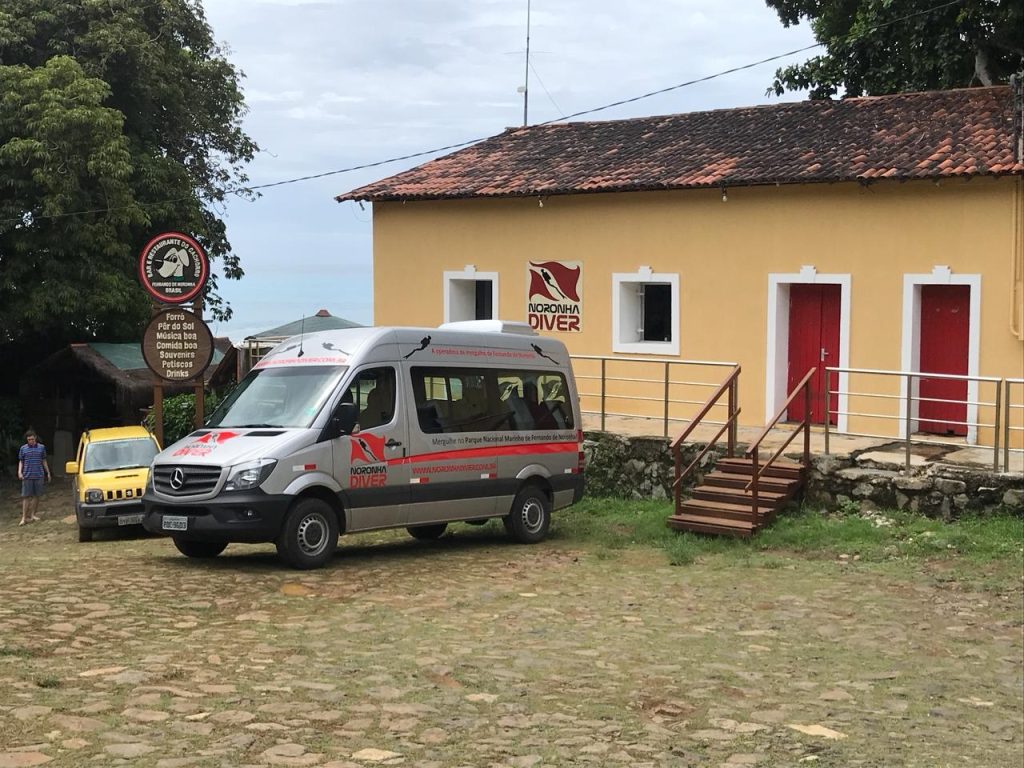
In the last ten years or so, the island has become more accessible due to increased and better flight connections from the GOL or Azul airlines through Natal or Recife. Ensure you have availability for the return flight before buying your international flight, as the number of seats to the island are limited. No hotel infrastructure is available, and accommodation is catered through “pousadas”. (Check out PousadasDeNoronha for all options available on the island). Buggies are the best choice for driving around from beach to beach and having your surfboards tight to the bull bars. It is highly irresistible to smile when you first start up your buggy. Between the colourful pousadas and buggies, the beautiful beaches, and cool people, it simply is a great place to be!
For captain and crew interested in sailing to Fernando de Noronha, please check the article published in The Islander Magazine of January 2020, “Sailing via Fernando de Noronha”, through their webpage.
Bon Mergulho!
Capt. Dominique Geysen
Special thanks to Noronha Diver and PousadasDeNoronha for their great assistance, and the local underwater photographers of Ciliares for the photo credits.
![]()
Published – June 2022

